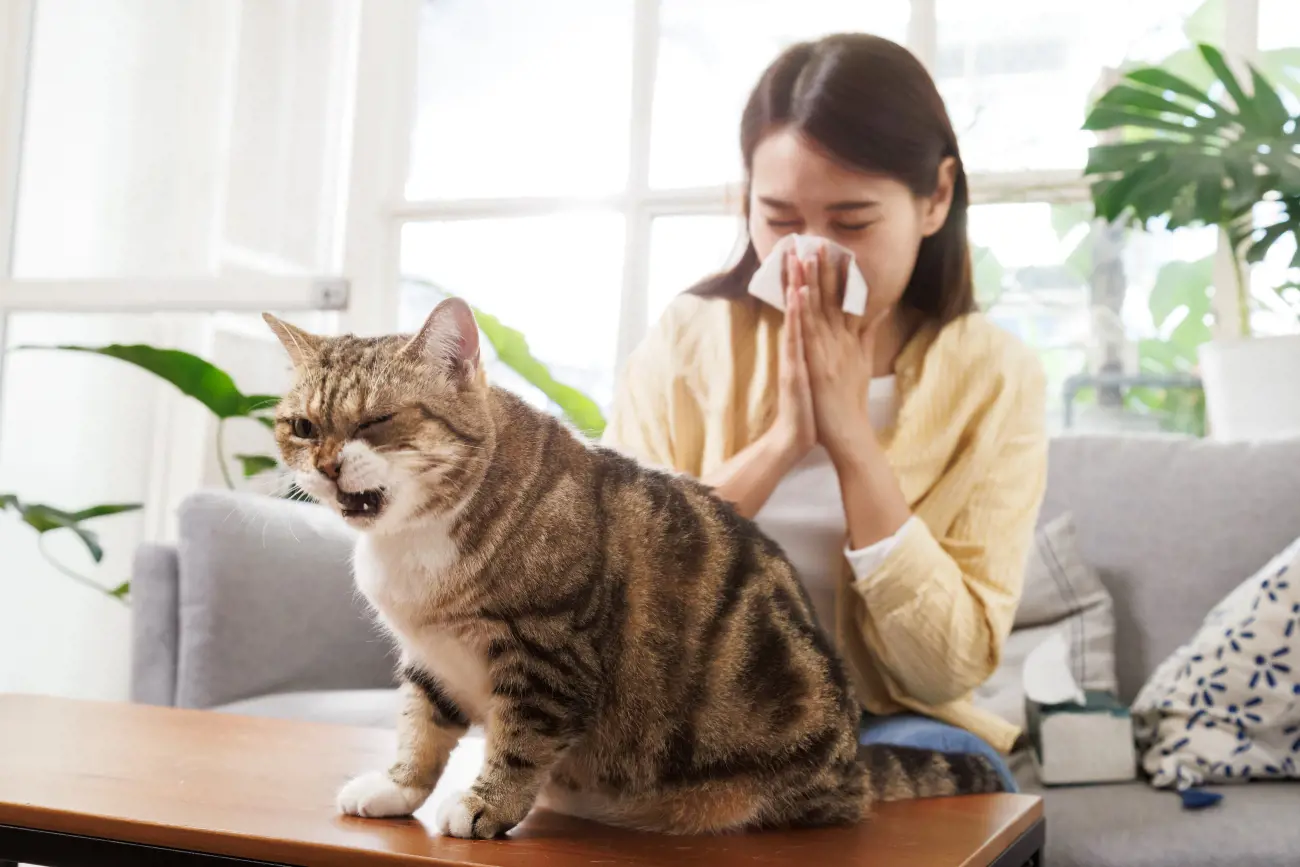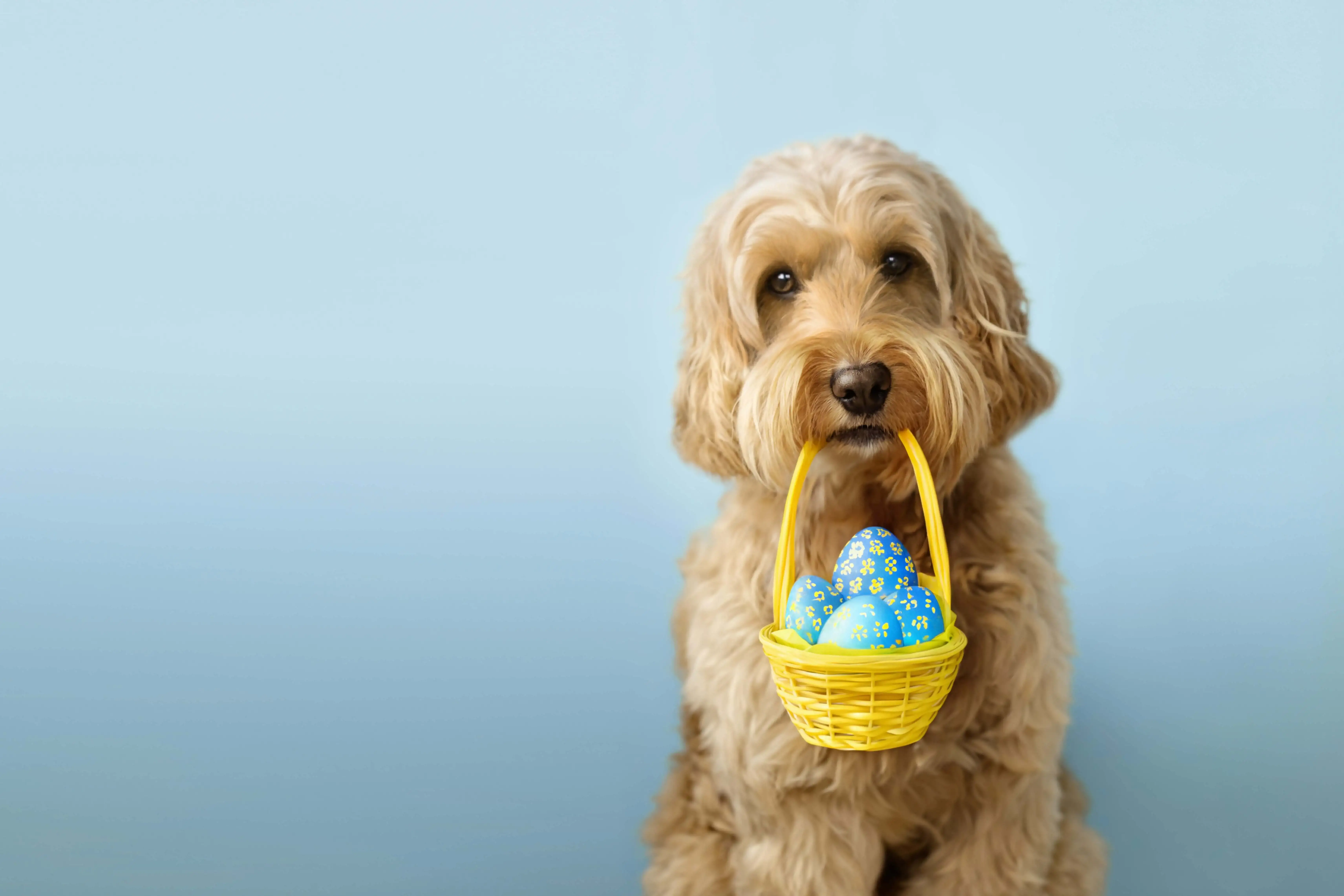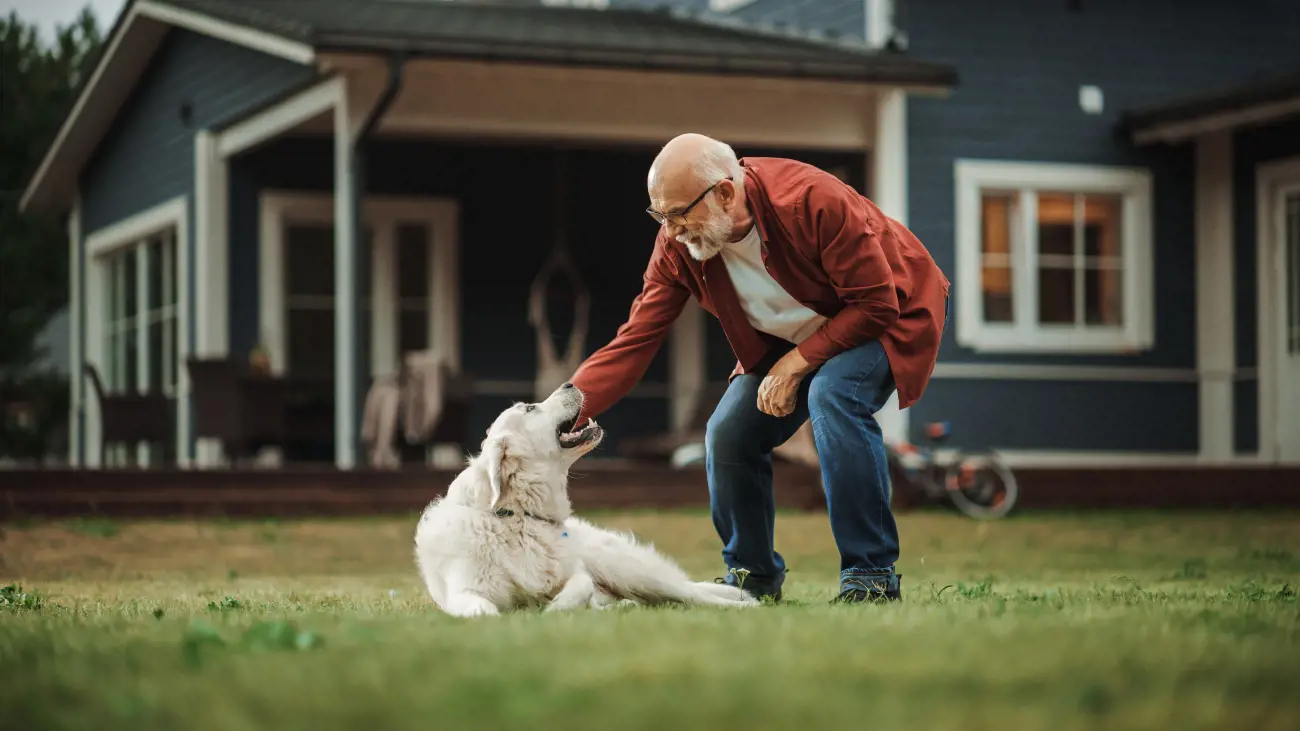How to get your pet in shape
28th April, 2021

Keeping in good shape is not just an issue for humans, it’s also something our pets need to consider, too. Being overweight can have a big effect on our beloved pets’ health and welfare and ultimately their quality of life.
If you’re worried your dog or cat is putting on the pounds then read our guide to keeping your pet trim. It’s one of the best things you can do to ensure you have a long and healthy life together. It could even help you keep fit, too!
Another thing you can do to keep your pet protected is to invest in good quality insurance for pets. Purely Pets' Lifetime Gold products that have recently been awarded a 5* Defaqto rating for 2024. So, give us a call and get your pet protected.
*Defaqto 5* rating applicable to Dog vet fees from £6000+ and Cat vet fees from £6000+.
Overweight pets – a national problem
According to an obesity report from the Pet Food Manufacturers’ Association (PFMA), a startling 51% of dogs and 44% of cats are overweight or obese in the UK. And unfortunately, the trend looks to be getting worse with pet obesity continuing to rise.
Overweight pets tend to be less energetic, less likely to play and generally find life less enjoyable than those in better shape. From lack of exercise to owners making poor choices when it comes to diet or portion sizes, there are lots of issues leading to increased levels of pet obesity.
Unfortunately, all those tasty treats and table scraps we give to show our affection can end up causing a range of health problems.

Recognising your pet may be overweight
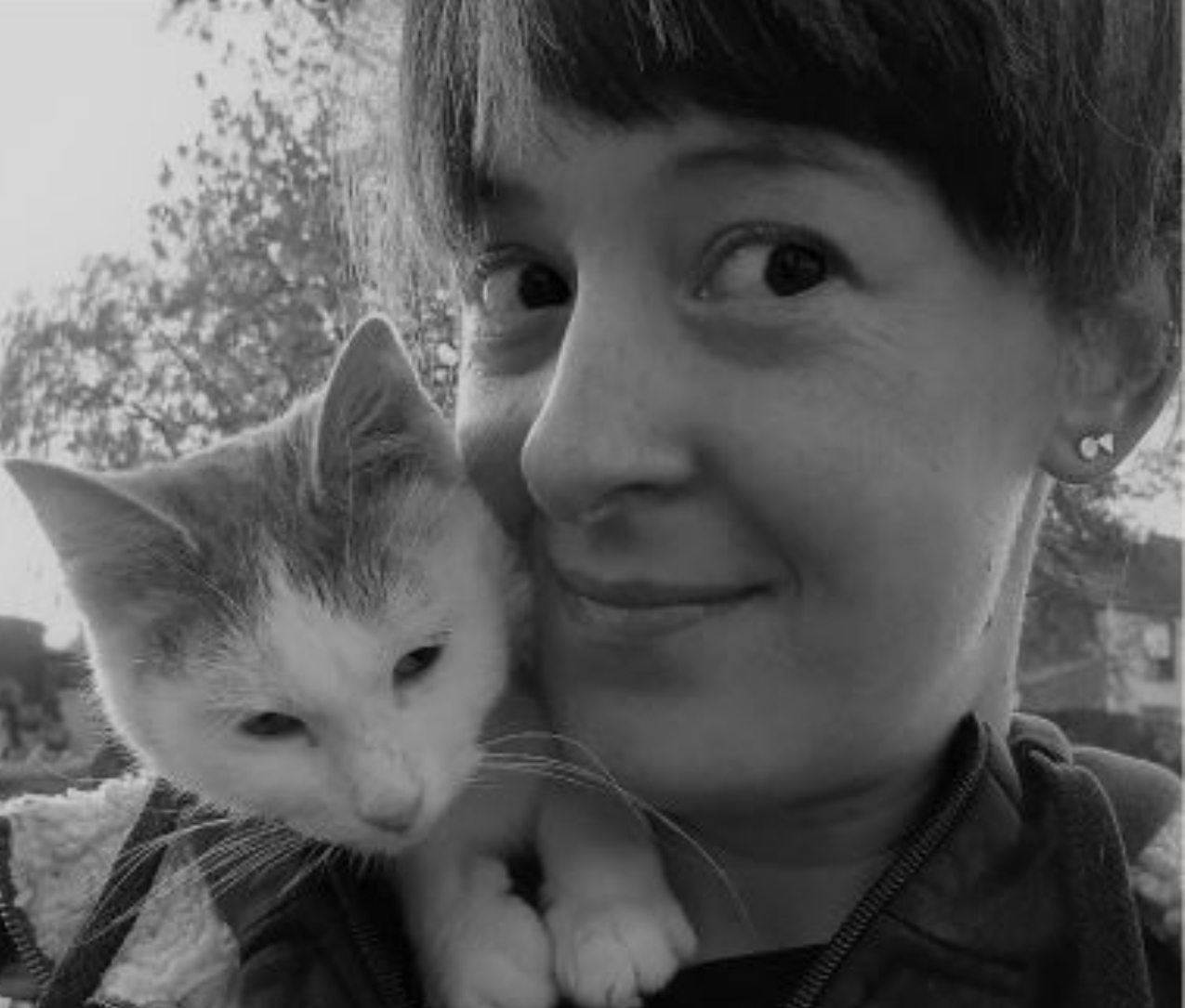
Jennifer Macindoe, BVMS MRCVS
Veterinary SurgeonIt’s important to be aware of what your pet’s “Body Condition Score” is. If you cannot see or feel your pet’s ribs, and there is not a defined area where the waist is, then they are likely overweight. Pets that are overweight will often become more tired and are more prone to diseases such as arthritis and heart disease. If you think your pet is overweight, it’s best to speak to a vet. Losing weight can be tricky for pets. The first step is often to reduce treats and use a weight management food. Our Joii vets are available 24 hours a day for advice.
Health risks for overweight pets
In general, when it comes to pet obesity it’s the lack of awareness surrounding the problem rather than intentional actions. And if you don’t know what to look out for then your dog or cat could end up suffering from a whole range of health problems.
Overweight dogs are at risk of:
-
Shorter lifespan
-
Arthritis
-
Incontinence
-
Back problems
-
Cruciate ligament problems
-
Breathing problems such as windpipe collapse
-
Cancer
-
Heatstroke
-
Injury
While according to International Cat Care obesity in cats increases the risks of many diseases including:
-
Diabetes
-
Bladder problems
-
Liver disease
-
Arthritis
-
Breathing problems
-
Cancer
Indeed, research from the University of Liverpool published in the Journal of Veterinary Internal Medicine revealed that overweight dogs are more likely to have shorter lives than those at ideal body weights.
For some popular breeds of dog such as the Yorkshire Terrier, the lifespan of overweight dogs was up to two and a half years shorter!
The study concluded that veterinary professionals should consider promoting healthy body condition for dogs, particularly from midlife onwards.
Many owners simply don’t know what to look out for, so many pets could be suffering in silence without us ever even knowing.
Is my pet overweight?
We spend a huge amount of time with our pets so it can sometimes be easy to miss if your pet is putting on too much weight.
Particularly if it creeps up slowly over time or they’ve always had a larger build. While a simple visit to the vet to get them properly weighed is the best option, there are things you can do at home to keep an eye on your pet’s body condition.
The PDSA has produced a helpful obesity chart, videos on how to tell if your pet is overweight and a handy shape check guide.
They have produced guidance for both cat and dog owners. And if you’re worried that your pet is underweight then their guides will also help.
Here are five signs to look out for in both cats and dogs:
-
Looking at your pets from both the side and above you should notice they have a smooth, tucked-in waist. If they don’t have one then they might be carrying excess fat.
-
Rub your hands gently over your pet’s sides and back. You should easily be able to feel their ribs, spine and hip bones beneath the skin. However, they shouldn’t be sticking out.
-
Feel under their stomach. It shouldn’t be hanging down or bulging out. If they are overweight then it may even wobble or sway when they move.
-
Gently squeeze the base of their tail where it joins the spine. You shouldn’t be able to feel a build-up of fat here.
-
Overweight pets may even get fat build-up in their face, legs and neck areas.

Are some pets more likely to be overweight?
Weight gain tends to be due to eating too much or exercising too little. But there are several other factors considered by veterinary professionals to make obesity more likely in some pets.
Breed
Certain breeds have been found to have a higher risk of becoming overweight.
In the dog world, Labrador Retrievers, Bulldogs and Pugs, Bassett Hounds and Beagles, and Dachshunds have been known to pile on the pounds.
Some cat breeds like the Persian and Birman also have a reputation for gaining weight.
Age
As pets get older, they become less active and use less energy so they require fewer calories. If they’re fed the same diet as when younger then they will naturally put on weight.
Neutered status
Spayed or neutered dogs and cats have a lower metabolism and again should require less calories than an unneutered pet. Learn more about this on our blog and read about if pet insurance covers spaying.
Sex
It’s more common for female dogs and cats to become overweight.
Medical problems
Conditions such as hypothyroidism and Cushing’s disease (hyperadrenocorticism) have been linked to weight gain in both dogs and cats.

Beginner exercise ideas for overweight pets

Jennifer Macindoe, BVMS MRCVS
Veterinary SurgeonPhysical and mental stimulation are both important. Start slow and build it up, stick to a routine. Short but frequent walks, with lots of positive reinforcement during and after. Sniffing helps reduce stress and provides excellent mental stimulation. At home, use (healthy) treat-dispensing toys and puzzle games. Hide some (healthy) treats in the house and encourage them to search for them. Spend time teaching them a new trick or command. For dogs - socialising with other dogs in the park or on an organised walk. Swimming is great exercise for all ages For cats – get them used to a harness and take them on cat-friendly walks. Provide multiple scratching posts around the house and use toys to encourage play every day.
Seven top tips to keep your pet fit and healthy
If your pet is turning into a bit of a porker then there are plenty of ways for them to lose weight.
Reducing the amount of food, increasing exercise levels and giving them less treats can all help. But like many health issues, when it comes to reducing pet obesity prevention is much better than cure.
Here are our top seven ways to stop your pet from becoming overweight.
-
Know their weight
From when they are a boisterous puppy all the way through to old age, it’s important to do regular weigh-ins and body checks for your pet.
After all, while an extra pound or two might not seem like much to you it can easily push your cat or dog from healthy into the overweight or obese category.
This is particularly the case for smaller breeds or those that have thick fur that can cover up weight gain.
If you’re unsure about what the recommended weight is for your breed of pet then check with your vet.
Purely Pet policy holders have access to the Joii service 24/7 for guidance from a team of veterinary professionals.
The Kennel Club and the Governing Council of the Cat Fancy are also invaluable sources of expert guidance on many breeds.
-
Avoid leftovers
Many owners like to feed their pets leftovers from their own meals.
These extra calories are not helpful to your pet. While vets are also concerned about the effect this has on the nutritional value of the overall diet being provided.
Eating rich, high-fat human food has also been linked to painful conditions like pancreatitis, which can be fatal in both cats and dogs.
-
Feed healthy treats in moderation
Healthy tasty treats for pets exist and are much better for their waistline than human food.
However, even pet treats need to be given in moderation and taken into account when working out their daily food intake. Perhaps take a small handful of their daily allowance of dry food and put it to one side to use instead of treats.
Despite those pleading eyes, most pets would prefer extra attention rather than more treats. A few minutes of play will be much better for their health than a handful of treats. It’ll also be more fun for you!
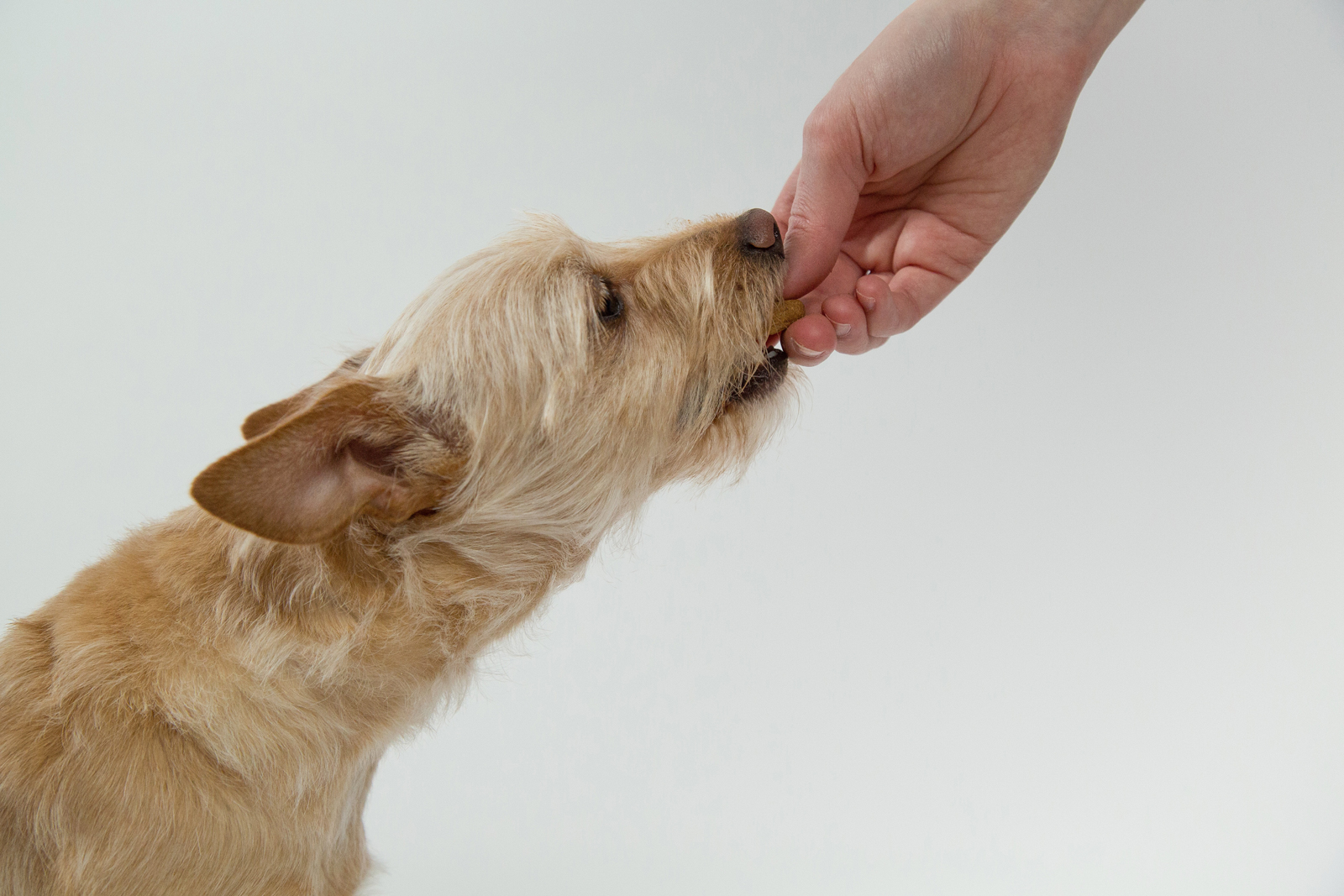
-
Control their diet
It’s really up to you to get informed on the right diet and correct portion size for your pet. Just like humans, animals require different types of food and different amounts during their lifetime.
For example, young pets need more energy, protein and minerals than older pets. While different breeds may also have slightly different needs.
Always be aware of the feeding guidelines of your chosen pet food and try to match it as closely as possible to your pet. By closely monitoring any weight changes over the first few weeks you can adjust feeding amounts accordingly to maintain a healthy shape.
-
Take it slow and steady
While crash diets may be popular among humans, this is certainly not the case in the animal kingdom.
Suddenly restricting food to your pet can lead to serious health and behavioural issues. It’s always better to speak to a veterinary professional before changing your pet’s diet.
-
Keep your pet active
The benefits of regular exercise for you and your pet are huge. It will give you valuable bonding time and help your pet lose the pounds. It will also build up their respiratory and circulation systems as well as aid digestion.
While cats are unlikely to be taken on long country walks, it’s still important to increase their activity if you want them to stay in shape.
Playing regular interactive games with your cat, or installing a climbing or scratching tower will help keep kitty entertained and trim. This is particularly important if your cat is kept indoors.
-
Make a regular trip to the vet part of your routine
Regular vet check-ups will help keep your pet’s weight under careful monitoring. But if your pet experiences an unexplained increase or decrease in their appetite or weight then be sure to take them to your vet immediately.
Although the majority of pet weight gain is down to diet and exercise, it could be a sign of something more sinister.
Many diseases and illnesses can be readily treated by a vet, particularly if you can get an early diagnosis.
Protect your precious pet with Purely Pets
Pet insurance from Purely Pets can give your dog or cat the cover they need at a price that’s right for you. Vets’ fees for accidents, illness or both can be covered from between £1,000 and £15,000, depending on the level of cover you choose.
With 15 levels of lifetime cover on offer, there’s plenty of scope for you to pick a policy that suits your personal requirements.
You can also choose from our flexible excess options instead, use our online policy management portal at a time to suit you, and speak to our specialist insurance team for advice.
Get a pet insurance quote today.
Policy benefits, features and discounts offered may very between insurance schemes or cover selected and are subject to underwriting criteria. Information contained within this article is accurate at the time of publishing but may be subject to change.
Helpful Pages
Recent Posts
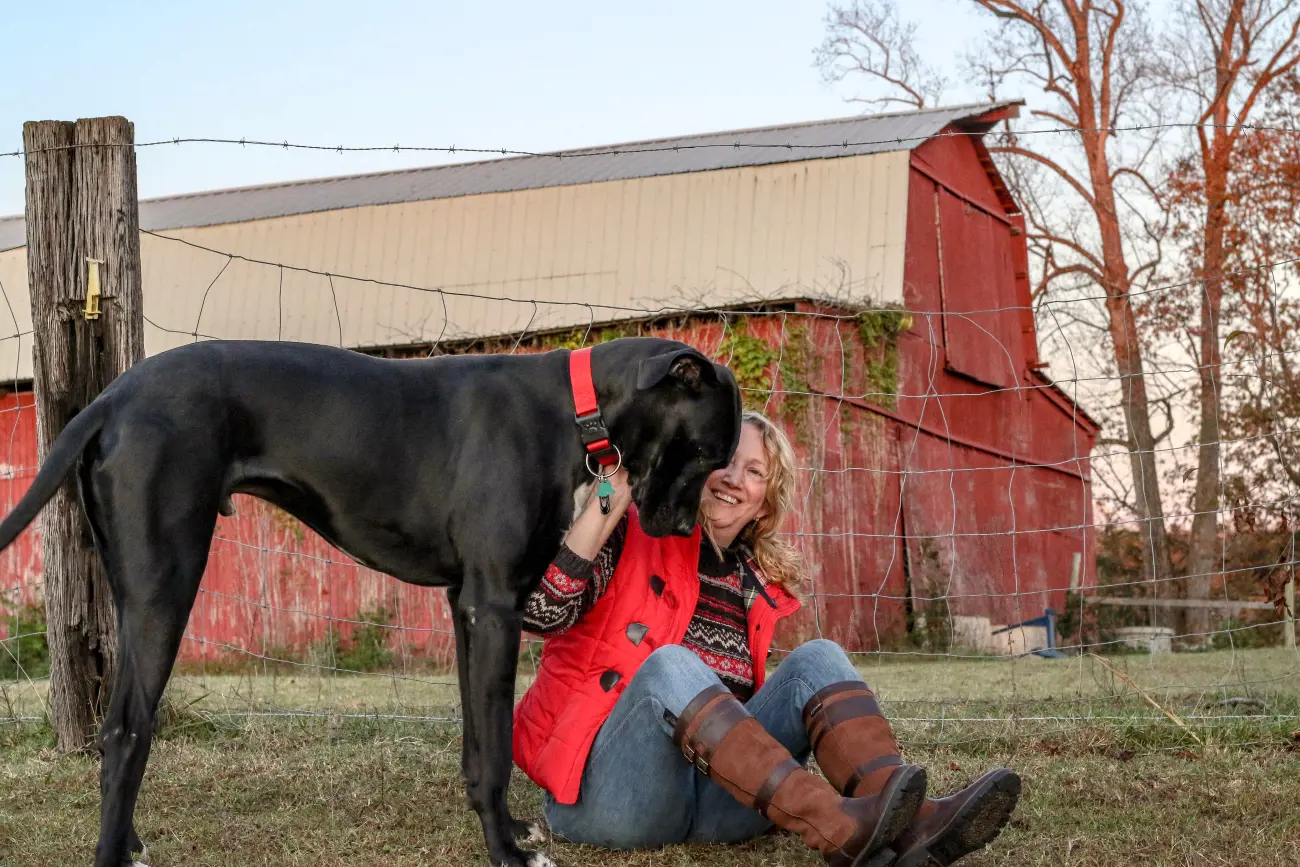
Why do Great Danes bury their heads?
12/03/25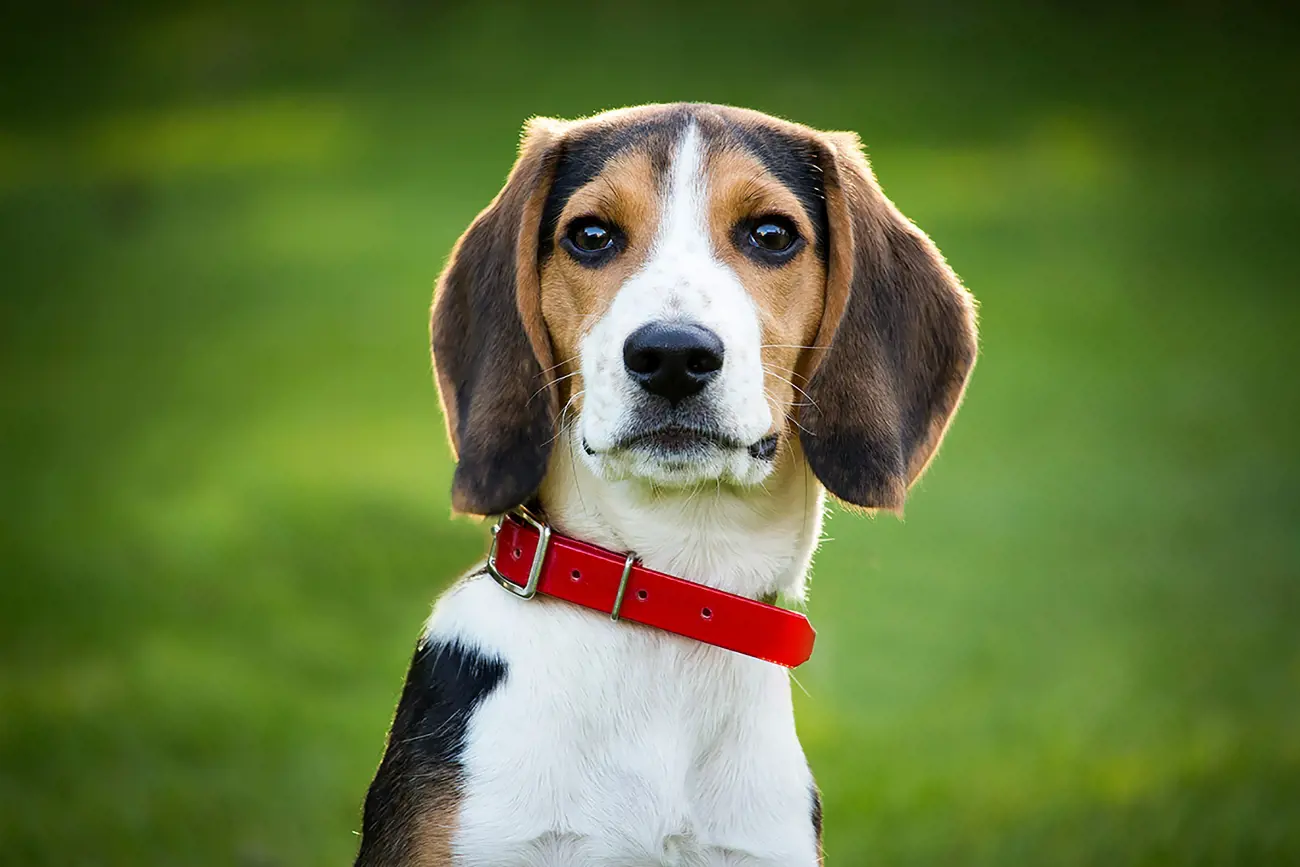
Find out more about Beagles
28/02/25Pet Insurance Quote
- 98% claims paid *
- Claims paid directly to vets
- 24/7 vet video consultations
- Interest free monthly payments
